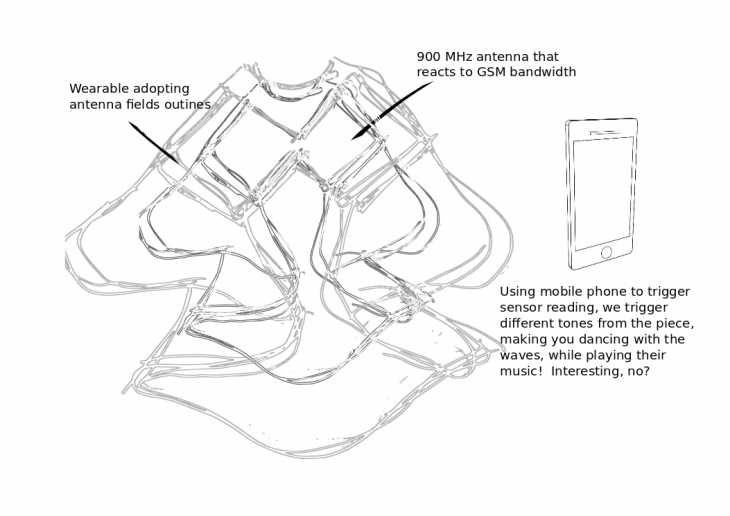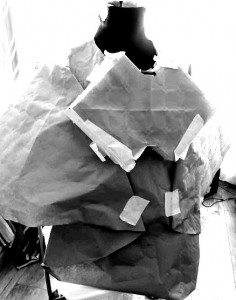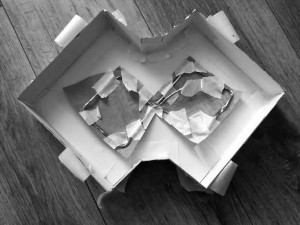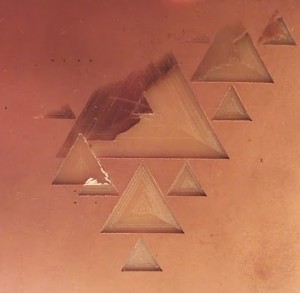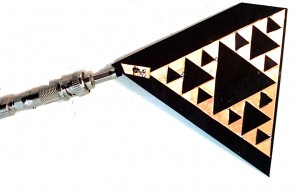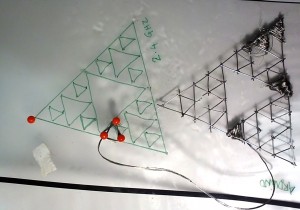So, after testing the sensor, I decided to give up the idea of using lights and turn to a different medium. Ideally, if we have the frequency detected, then we can trigger different colors based on frequency range, but with the current readings of this sensor, we get numbers within a range, which we can still divide and define its range within itself, but the end result isn’t significant at all, especially while reading all bands together, so I decided to move to sounds, for 2 reasons: a) We can actually hear the pulse of the bandwidth directly, if we connected the output to an amplified speaker, and b) With the current output behavior, it will be more interesting to use this data to generate tones or build sounds, it will be more interactive. So, now instead of adopting the notion of seeing is believing, the project is moving to the idea of literally: Giving voice to the unseen!
Below is a sample video of translating sensor readings to tone. The melody in the video is constant, given that the sensor isnt moving or affected by anything so readings are almost constant.
Now for remaining 3 weeks, I need to work on different wearable with embedded antennas that correspond to different bandwidth. The GSM 900Mhz antenna can be triggered by phone, am now finding ways to trigger other frequencies. One option could be to make twin pieces that work together!
I made a quick mock up for the wearable and the embedded Bi-Quad antenna, and more to follow:

